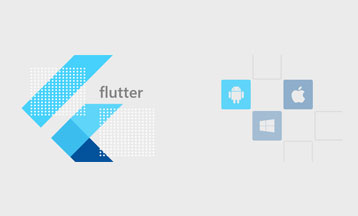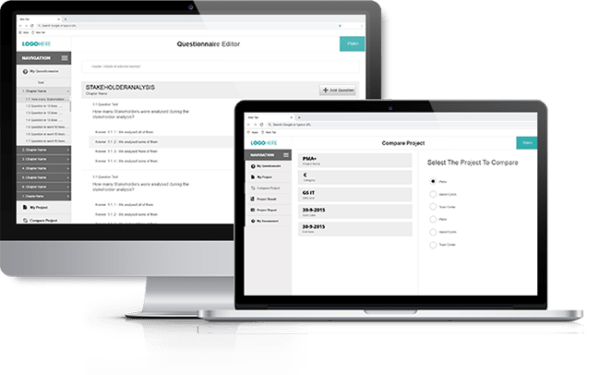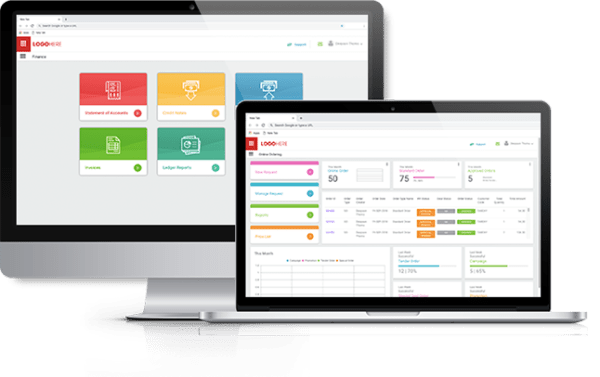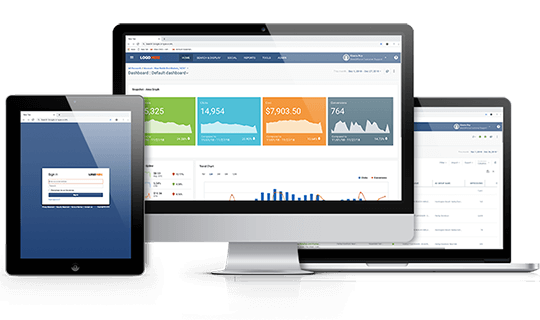As we transition from the age of Web 2.0, the internet is once again evolving—this time toward Web 3.0. The concept is sparking curiosity across industries, with promises of a more decentralized, secure, and user-centric web experience. The transition to Web 3.0 is transforming not just the structure of the internet but also how we, as users, manage and secure our digital identities. One of the most significant promises of Web 3.0 is decentralized identity, or self-sovereign identity (SSI), which allows users to take control of their online data, deciding who can access it, for how long, and for what purpose.
What is Web 3.0?
Web 3.0, often referred to as the “semantic web” or the “decentralized web,” is the third generation of internet technology that emphasizes machine learning, artificial intelligence (AI), and blockchain. The primary objective of Web 3.0 is to create a more intelligent and autonomous web where data is interconnected in a decentralized manner, granting users more control over their information and enhancing security.
Unlike Web 2.0, where user data is predominantly controlled by centralized platforms (think of big tech companies), Web 3.0 aims to democratize data, allowing users to access and share information seamlessly, without relying on central authorities.
Key Characteristics of Web 3.0
- Decentralization Decentralization is at the core of Web 3.0. Information and assets are not stored in a central location but rather distributed across networks. Blockchain technology enables this by allowing transactions and data storage across a network of computers rather than in a single server. This removes the need for intermediaries, empowering users and preventing monopolistic control.
- Enhanced Privacy and SecurityWith decentralized networks, users retain control over their own data, reducing the risks of large-scale data breaches. Web 3.0 will integrate advanced encryption techniques, making unauthorized access more challenging and offering people more privacy.
- Artificial Intelligence and Machine Learning Web 3.0 leverages AI to understand user intent, making the web more adaptive and responsive. This allows applications to deliver highly personalized content, enhancing user experience by predicting needs and offering relevant information in real-time.
- Interoperability and ConnectivityWeb 3.0 enables seamless interaction across various platforms and devices. Decentralized applications (dApps) can be accessed via various devices without needing a central intermediary. For businesses, this means that data can flow freely across platforms, fostering innovation and creating a more connected internet ecosystem.
- User Empowerment Blockchain-powered digital wallets could become an all-in-one authentication tool, allowing users to control access to their data across multiple sites and services without sharing sensitive information.
Real-World Examples of Decentralized Identity in Action
- Microsoft’s ION Network on Bitcoin
Microsoft is actively developing ION, a layer-2 solution for decentralized identity built on the Bitcoin blockchain. Through ION, users have control over a unique DID that they can use to authenticate themselves across various platforms without revealing personal data to each service provider. - uPort: A Self-Sovereign Identity Solution
uPort, built on the Ethereum blockchain, empowers users with a portable identity they can use across different services without needing multiple logins. For example, users who participate in the gig economy can use their uPort identity to showcase verified credentials and ratings from past employers, proving their legitimacy without sharing private details like addresses or social security numbers. - Health Credentials with Verifiable Credentials
In the healthcare sector, verifying health credentials securely and privately is essential. Web 3.0 identity projects are creating digital health credentials, like vaccination records, which users can store in their identity wallets and share when necessary. Imagine an international traveler providing proof of immunization at customs without revealing any additional health information.
Challenges of Web 3.0
- Scalability Issues
Blockchain and decentralized networks are currently limited in scalability, impacting speed and efficiency. As Web 3.0 matures, improving scalability will be crucial for widespread adoption.
- User Experience (UX)
Decentralized applications are often more complex for users than traditional applications. Improving the UX in Web 3.0 platforms will be vital to ensuring a smooth transition for users accustomed to the simplicity of Web 2.0 platforms.
- Regulation and Legal Compliance
Since Web 3.0 disrupts many traditional industries, regulators are still grappling with how to monitor and manage this new decentralized space. Striking a balance between user privacy and legal compliance will be an ongoing challenge.
How Will Web 3.0 Change the Internet?
- True Ownership of Data
Web 3.0 enables users to have complete ownership of their data, storing it in decentralized wallets they control. Instead of relying on centralized platforms, people will be able to share, sell, or keep their data entirely private, depending on their preferences.
Example: Imagine being able to log into any website or service without handing over personal data, yet still proving your identity—empowering users and prioritizing privacy. - Enhanced Privacy and Security
With decentralized systems, sensitive information is stored securely and cryptographically on a blockchain, making it significantly harder for hackers to breach.
Example: Instead of providing your credit card number or personal details to an online store, you could use a digital identity or payment system that only shares transaction approval, keeping your private details secure. - More Personalized User Experiences
Through artificial intelligence (AI) and machine learning, Web 3.0 can create highly personalized experiences by understanding context and user intent—without tracking your every click as Web 2.0 does.
Example: Your digital assistant could intelligently curate content, news, and recommendations tailored to your needs, with AI learning happening privately on your device. - Financial Inclusion and Decentralized Finance (DeFi)
Web 3.0 opens access to financial tools through decentralized finance (DeFi), offering people banking, loans, and savings platforms without needing a traditional bank.
Example: Anyone with internet access could participate in the financial ecosystem, even in remote areas with limited access to traditional banks, leveling the financial playing field. - Seamless Digital Identity with SSI (Self-Sovereign Identity)
Users will be able to create a single digital identity that works across multiple platforms without creating multiple logins or sharing unnecessary information.
Example: With one decentralized identity, you could access social media, banking, and online stores, only sharing information you choose—streamlining online interactions and enhancing privacy. - Content Ownership with NFTs and Decentralized Media
Web 3.0 allows creators to own, control, and monetize their content directly. Through NFTs and decentralized platforms, artists, writers, and musicians can retain the rights and profits of their work.
Example: A musician could release songs directly to fans, who could purchase unique NFT versions of the music, supporting the artist directly without intermediaries taking a cut.
Conclusion
As we stand on the threshold of Web 3.0, it’s clear that the next iteration of the internet promises to reshape how we interact with digital spaces. At its core, Web 3.0 aims to dismantle traditional boundaries by decentralizing data, prioritizing user privacy, and enhancing connectivity and personalization. By moving away from centralized control, this new web empowers users with a revolutionary level of ownership over their digital identities and data.
Web 3.0 is still in its early stages, but its potential to redefine the internet is undeniable. By prioritizing decentralization, privacy, and user empowerment, it promises to unlock a new era of internet freedom and innovation.
As Web 3.0 develops, it holds the potential to reshape not only the internet but the way we interact with information, identity, and each other in the digital realm.













